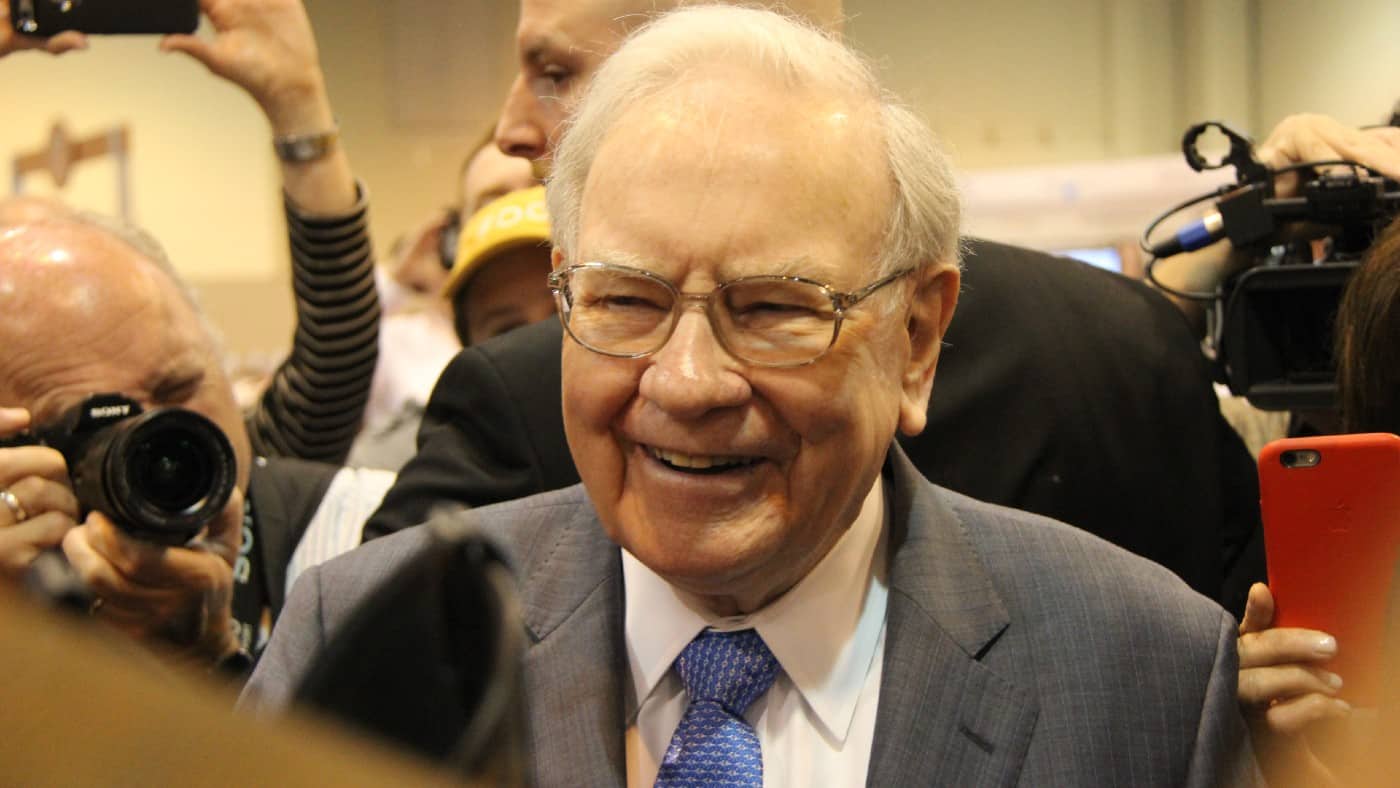If I were just opening my first Stocks and Shares ISA, I’d follow the lessons handed down by legendary investor Warren Buffett.
At 93 years old, he’s been in the investing game longer than most people have been alive. And his long-term record — a return of 19.8% per year over nearly six decades at Berkshire Hathaway — is just phenomenal. In fact, it’s exactly double the market average!
When building passive income, I’d particularly absorb what has been dubbed Buffett’s ‘golden rule’.
Rule number 1 (and 2)
Rule No. 1: Never lose money. Rule No. 2: Never forget Rule No. 1
Warren Buffett
First, I should point out that Buffett isn’t speaking literally in the never-lose-money quote above. The Oracle of Omaha has lost money before, both during the financial crisis of 2008 and on his ill-fated Tesco investment.
All investors lose money, even the very best. It’s just that their winners — both in quantity and magnitude — far outweigh the losers.
What Buffett is underscoring though is the mindset that a sensible investor should learn. Investing isn’t buying meme stocks or the latest penny share trending on social media. That’s gambling, and tips the odds in favour of losing money.
Buffett picks companies rather than stocks. In other words, behind every stock is a real-world business, and over time it’s the underlying business that will ultimately deliver value or not. The market itself and stocks in general are largely irrelevant.
This is why Buffett has also said: “Only buy something that you’d be perfectly happy to hold if the market shut down for 10 years.”
Finding value
Given this, it’s crucial that I understand how a company makes money and what competitive advantages it possesses (if any).
However, finding great companies is only the first and arguably easiest part. A crucial element underpinning Buffett’s golden rule is finding a margin of safety.
This represents the difference between what I think the intrinsic value of a stock is and its current market price. It’s essentially a cushion that provides protection against errors in analysis or unforeseen developments.
I can find the greatest business in the world, but it may turn out to be a lousy investment if I grossly overpay to become a shareholder. That’s why bear markets and crashes often prove the most fruitful periods to find stock market bargains.
Investing for decades
One surefire way to lose money — and fail to build passive income — is to regularly trade in and out of stocks. The opposite, of course, is buying to hold.
A perfect example of this is Buffett’s purchase of 400m Coca-Cola shares. This was completed in 1994 after around seven years of accumulation for a total cost of $1.3bn.
Berkshire still owns those shares today, and the returns on them are quite mind-boggling. This year alone, the firm is set to rake in $736m in dividends, up from $75m in 1994.
Or to put it another way, the original investment is now more than doubling every two years from dividends alone. That equates to a 57% yield on cost! And without lifting a finger, it continues to grow.
This demonstrates the power of long-term compounding. It’s something all investors can learn from, whatever stage they’re at on their investing journey.







